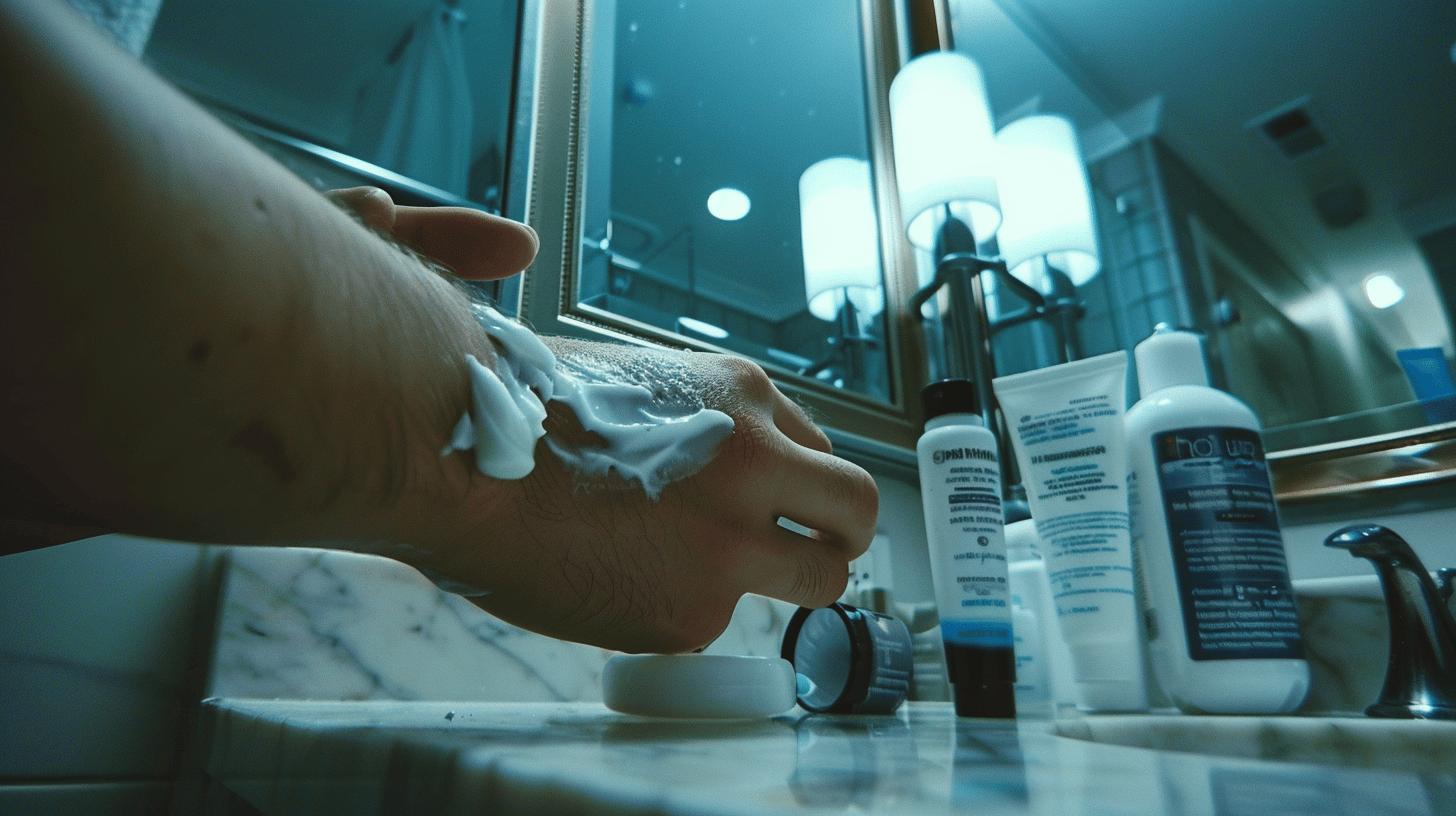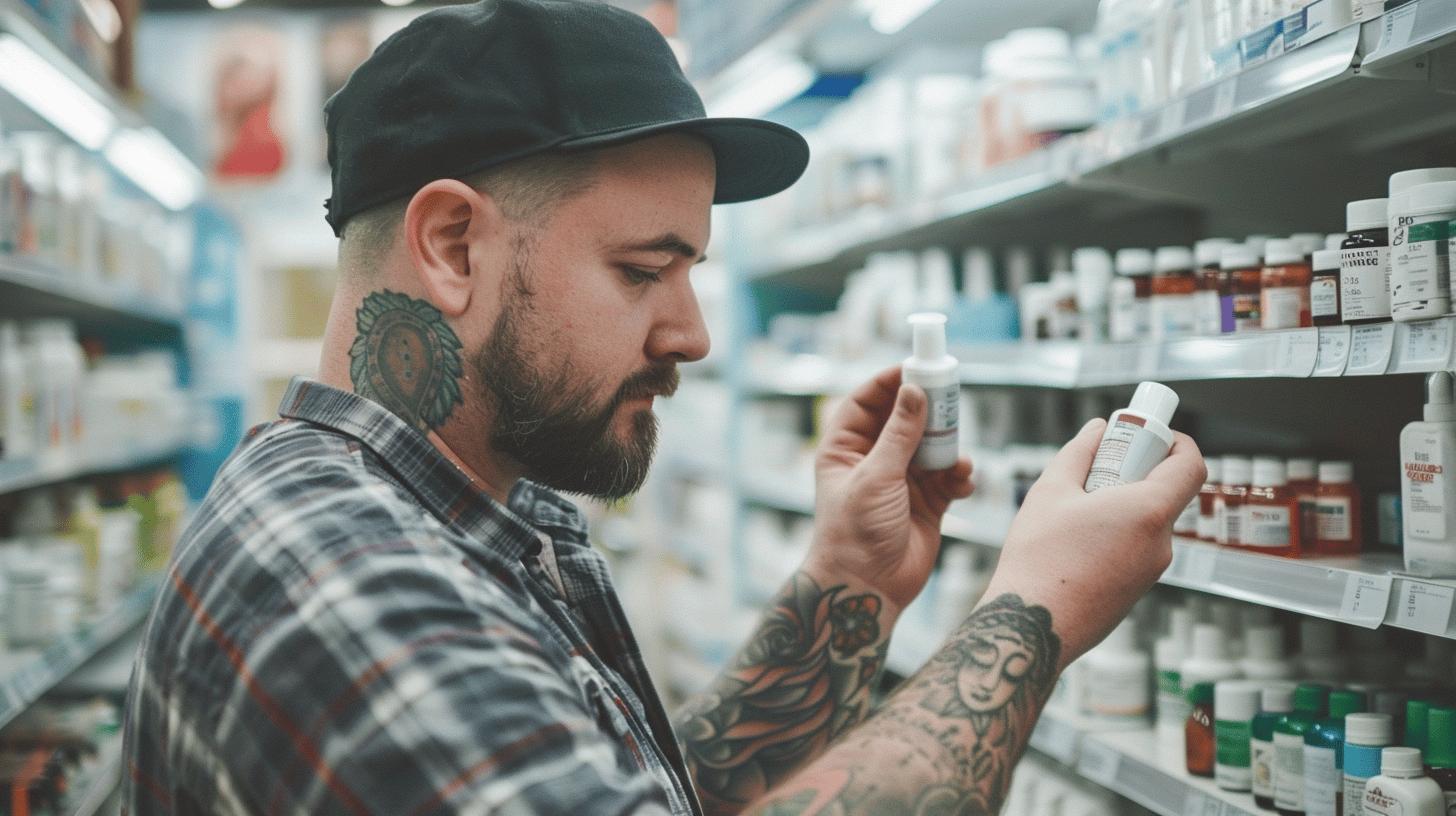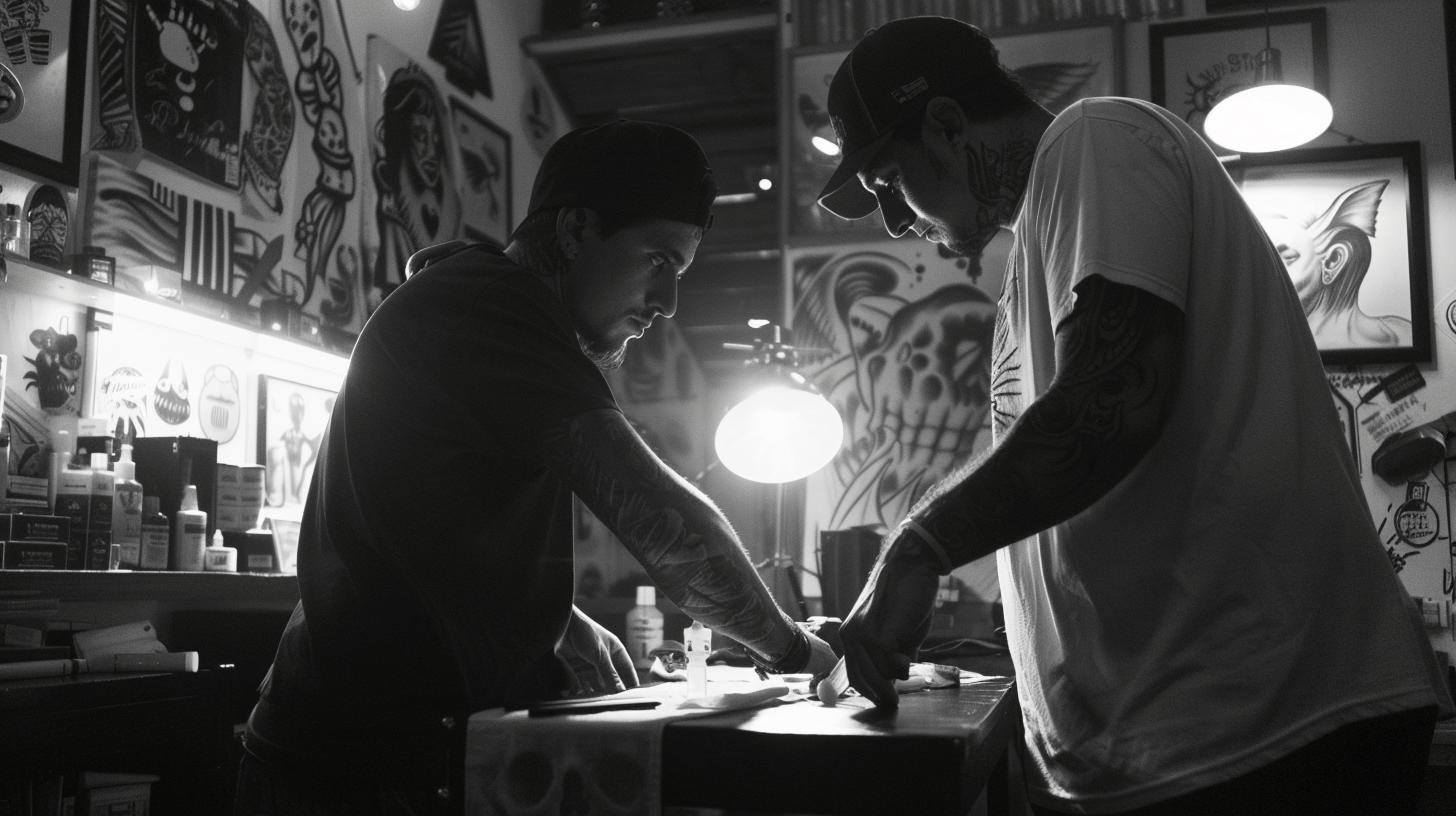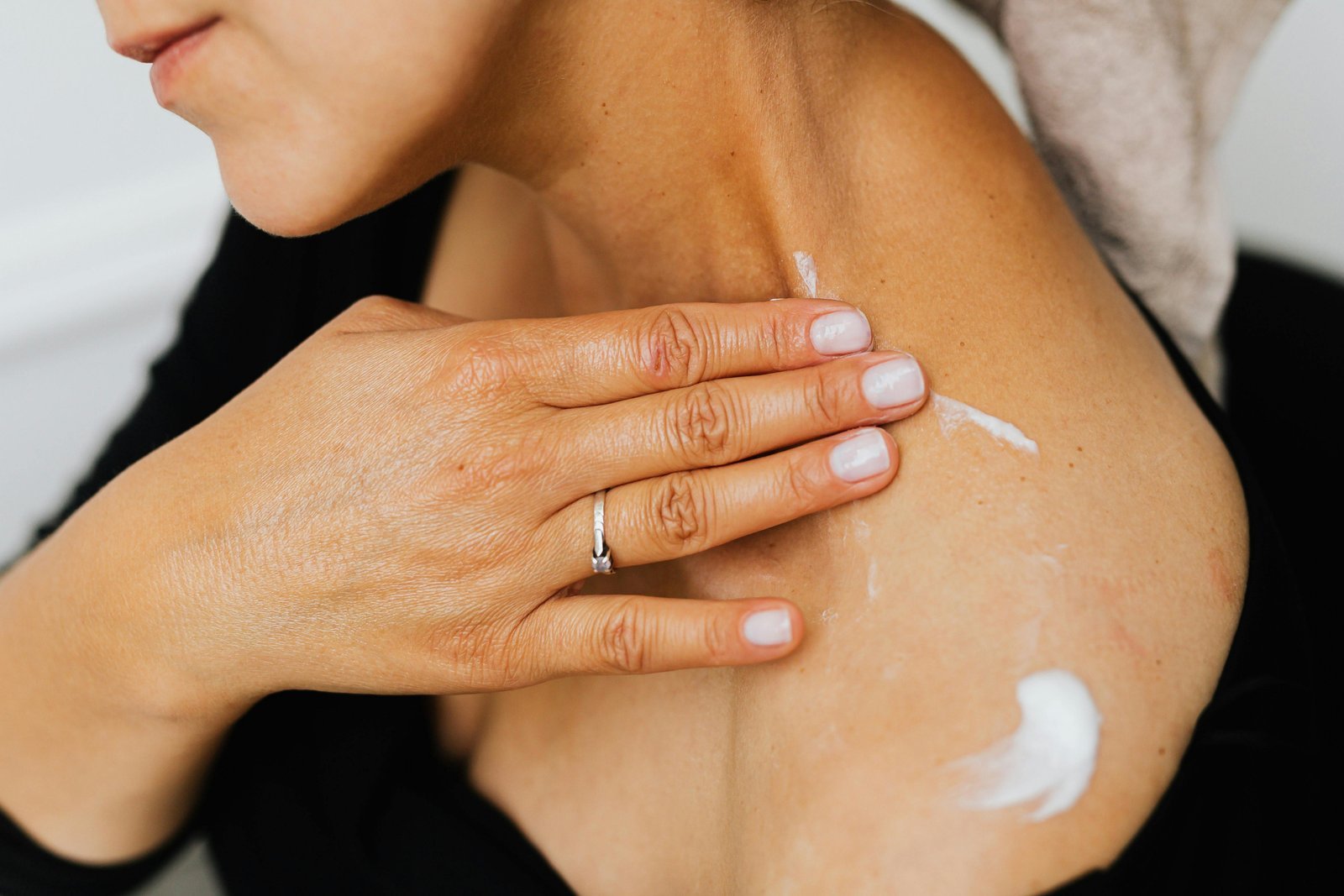Best Tattoo Numbing Creams in the UK: TKTX, Lidocaine & Long-Lasting Options for a Pain-Free Tattoo
Wish tattoo pain was just a myth? You’re not alone. Whether it’s your first ink session or your fiftieth, the right numb cream can make all the difference between gritting your teeth and actually enjoying the experience. But not all tattoo numbing creams are created equal—and some just don’t last long enough. We’ve reviewed countless options and tattoo numbing cream reviews to find the best long lasting tattoo numbing cream on the market, including popular picks like TKTX and high-strength options for serious pain relief. If you want a numb tattoo experience that actually lasts, this list is for you.
Best Long Lasting Numbing Creams for Tattoos: Reviewed and Compared
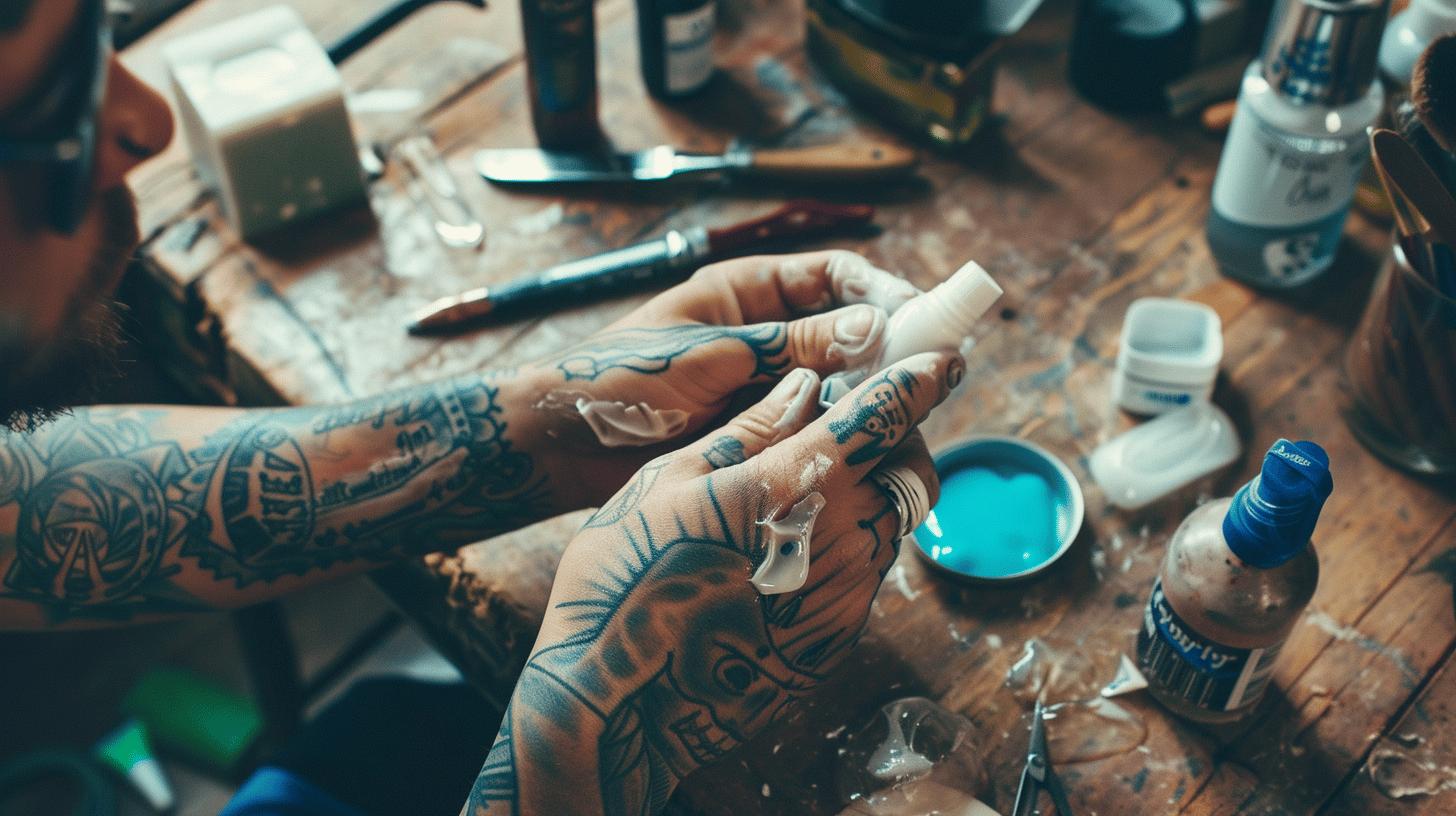
Getting a tattoo can be a big deal—especially when it comes to managing pain during longer sessions or more sensitive placements. The best long lasting tattoo numbing cream is one that keeps the area comfortably numb throughout the tattooing process without interfering with the ink or healing. A long lasting numbing cream works by using topical anaesthetics like lidocaine to block pain signals from reaching the brain. What makes a cream “long-lasting” is its ability to maintain that numbing effect for over an hour even after the cream is removed. Stronger concentrations of lidocaine, correct application, and proper skin prep all play a role in making the effect last.
Among the most discussed in tattoo numbing cream reviews are the TKTX numbing cream variants—namely the 40% and 55% versions. These are often considered some of the strongest numbing cream for tattoos available in the UK. A first-hand account from a user reported that TKTX 40% kept the tattoo area numb for 1.5 to 1.75 hours and helped them sit through a 2 hour 45 minute tattoo session with minimal discomfort and no bleeding. The 55% variant may produce an even longer-lasting numbness, although stronger creams may not be suitable for everyone, especially those with sensitive skin. Each 10g tube typically costs between £15 and £20. TKTX is widely available but beware of counterfeits—always buy from trusted sellers.
Once the tattoo session is over, pain relief doesn’t stop there. Aftercare is crucial, and Panthen Tattoo Cream is often recommended by both tattoo artists and clients. It’s not a numb cream, but it helps soothe irritated skin and speeds up healing. It’s water-based, fragrance-free, and gentle on the skin. Using a cream like Panthen after the tattooing process supports recovery and reduces the risk of scabbing or infection, keeping that fresh ink looking sharp.
| Product Name | Active Ingredient | Duration (mins) | Price | Notes |
|---|---|---|---|---|
| TKTX 40% | Lidocaine | 90–105 | £15–£20 | Strong, reliable, minimal bleeding |
| TKTX 55% | Lidocaine | Up to 120 | £18–£22 | Extra strength for longer sessions |
| EMLA Cream | Lidocaine + Prilocaine | 60–90 | £6–£10 | Available at Boots, milder option |
| PRO-NUMB | Lidocaine | Up to 120 | £20–£25 | Marketed as strongest cream in the UK |
| Panthen Cream for Aftercare | Panthenol (Vitamin B5) | N/A | £5–£12 | Best for tattoo aftercare, not for numbing |
How Do Long Lasting Numbing Creams Work?
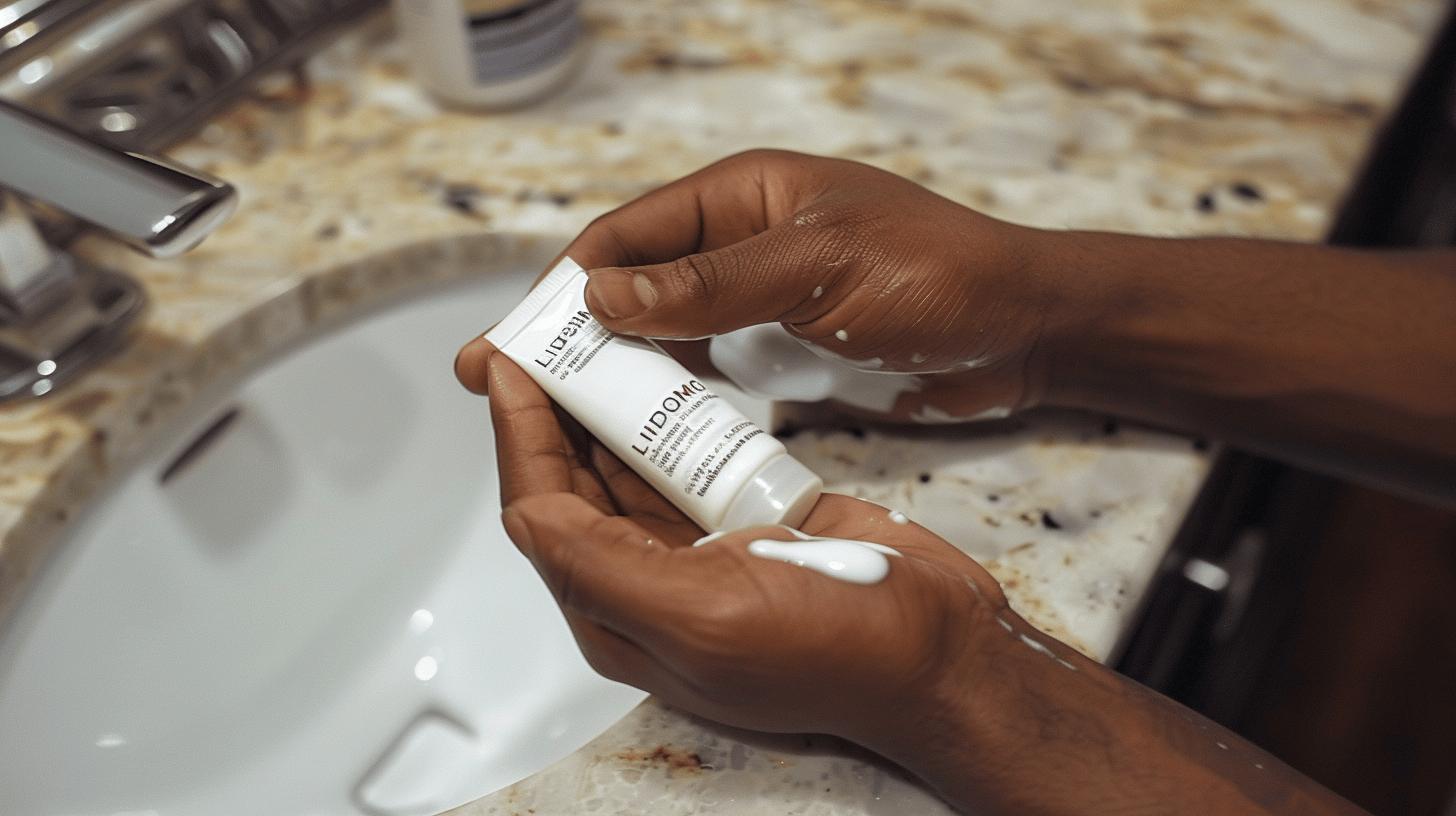
Numbing creams work by stopping pain signals from reaching the brain. When the skin is irritated—like during a tattoo session or laser hair removal—nerve endings send signals through the spinal cord to the brain, where they’re processed as pain. A long-lasting numb cream interrupts that chain by temporarily numbing the skin’s nerve endings or limiting blood flow to the area. The more effective the cream, the longer it can maintain that numbing effect even after it’s wiped off, allowing for a more comfortable tattooing process.
There are three main types of numbing agents used in the best numbing creams on the market, and each one works slightly differently depending on the active ingredient. Understanding the differences can help you choose the best tattoo numbing cream for your skin type, procedure, and pain tolerance.
- Lidocaine: This is the most common active ingredient in a lidocaine numbing cream. It’s a nerve deadener that works by blocking the pain signals from reaching the brain. Fast-acting and widely used in products like TKTX numbing cream and EMLA numbing cream.
- Benzocaine/Tetracaine: These are nerve blockers. Rather than deadening the nerves, they stop the pain messages from being transmitted. Milder than lidocaine-based options, they’re often used for sensitive skin or smaller procedures.
- Epinephrine: A vasoconstrictor that tightens blood vessels to reduce bleeding and swelling. Often combined with other numbing agents to make the numbing effect last longer and keep the tattoo area more stable during the session.
These creams work best when applied correctly—usually in a thick layer and sealed with plastic wrap to help them penetrate deep into the skin. For anyone getting a tattoo, especially in sensitive areas or planning a longer tattoo appointment, using the right numbing cream can dramatically reduce pain and make the whole experience more manageable.
Most Effective Lidocaine Levels in Long Lasting Numbing Creams
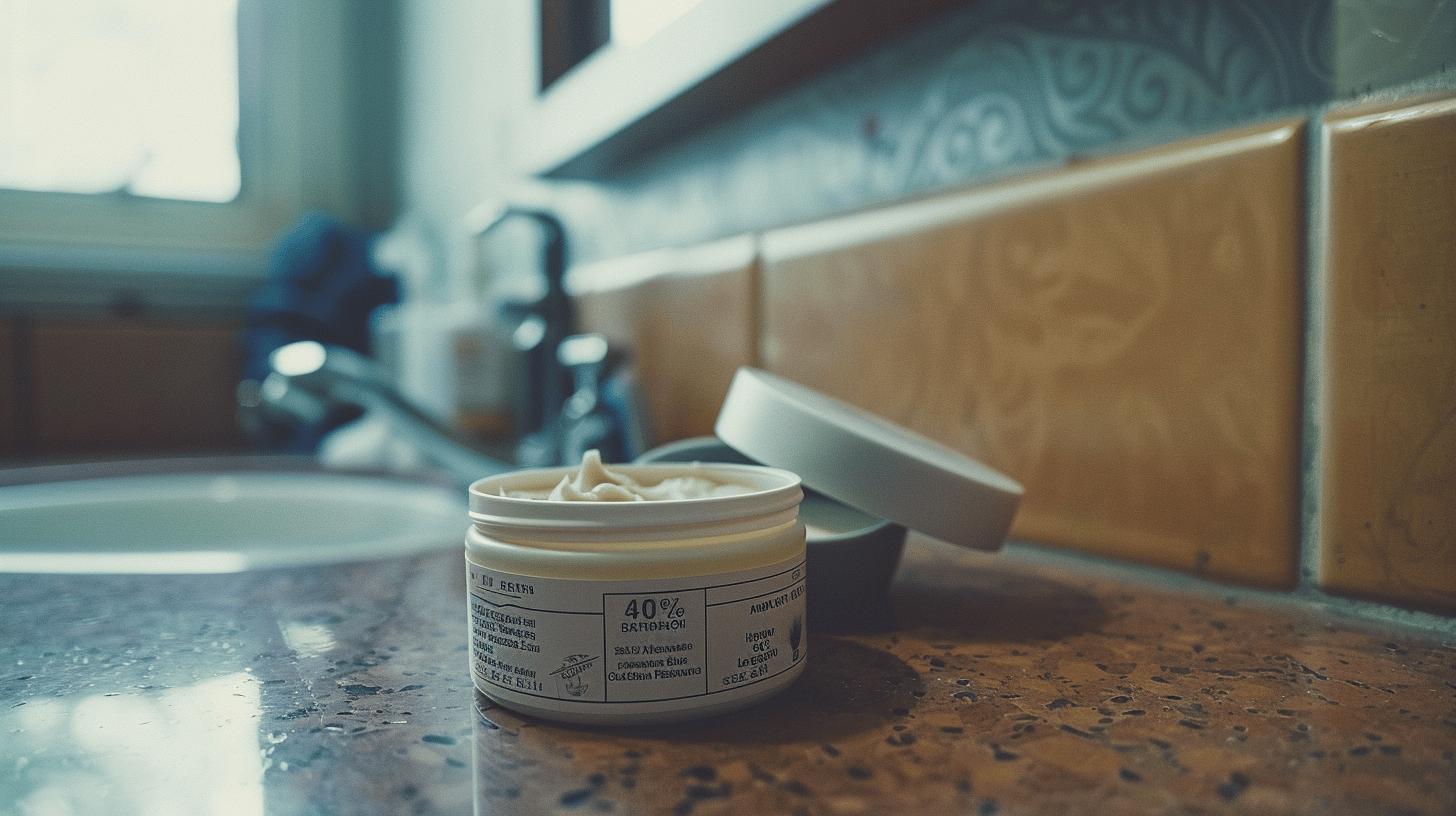
What is the most effective lidocaine percentage in a tattoo numbing cream?
Answer: The most effective lidocaine percentage for tattoos ranges between 5% and 55%, depending on skin sensitivity, tattoo location, and desired numbing duration.
Lidocaine works by blocking the pain signals from reaching the brain, making it the most common active ingredient in a lidocaine tattoo cream. Lower concentrations like 5%—used in EMLA numbing cream—are often enough for small tattoos or clients with higher pain tolerance. For longer sessions or more painful placements, stronger options like TKTX numbing cream with 40% or even 55% lidocaine are often used to numb the area and deliver a prolonged numbing effect. These creams are meant to be applied in a thick layer, covered with plastic wrap, and allowed to penetrate deep into the skin before the tattooing process starts.
While high-strength numbing creams offer more effective pain relief, they come with increased risk—especially for sensitive skin or when applied improperly. In the UK, lidocaine creams over 5% aren’t typically sold over the counter, and using a stronger concentration should always be done with care. Overuse can cause side effects like dizziness, skin irritation, or, in rare cases, systemic toxicity. Always follow product instructions, don’t apply to broken skin, and be upfront with your tattoo artist about what you’re using.
3 Key Factors Affecting Lidocaine Effectiveness
- Percentage content (e.g., 5%, 10%, 40%)
- Skin thickness and location
- Application method and duration
How to Apply Long Lasting Numbing Cream for Best Results
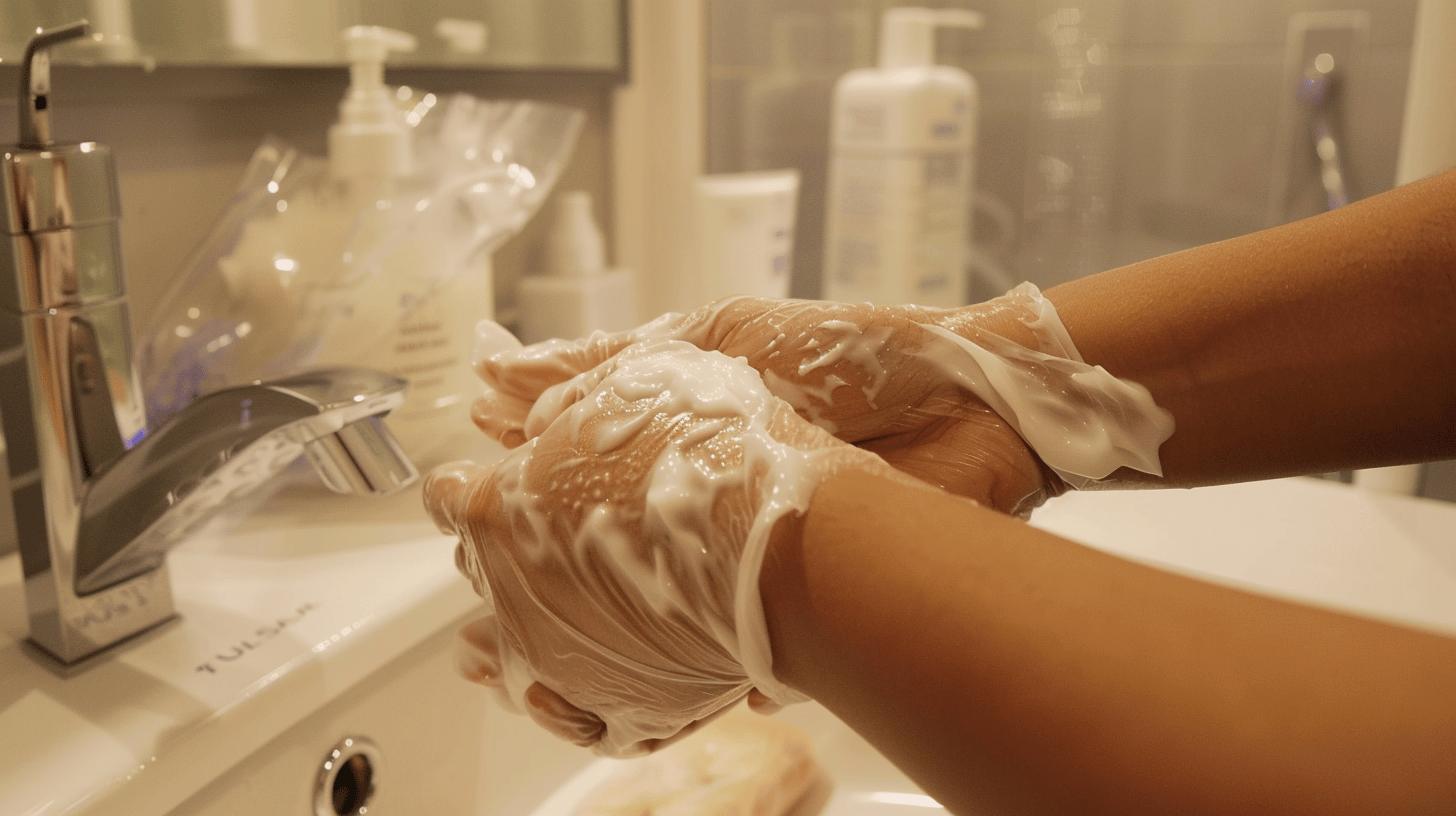
Knowing how to apply numbing cream properly can make the entire tattooing process far more manageable—especially for clients with low pain tolerance or those getting tattooed in sensitive areas. A long-lasting numbing cream is only as effective as its application. Whether you’re using a lidocaine cream like TKTX or EMLA numbing cream, the goal is to numb the area thoroughly before the tattoo artist starts. Timing, coverage, and sealing the cream under cling film all play a role in how well the numb cream works.
The most effective method involves cleaning the skin, applying a thick layer of the cream to the area, then wrapping it with plastic wrap to help the active ingredient lidocaine penetrate deep into the skin. Many numbing creams on the market recommend leaving them on for 30–60 minutes before the tattoo appointment. Some tattoo artists may ask clients to apply and remove the cream themselves before arriving, especially when using strong products like TKTX numbing cream.
5-Step Application Guide
- Clean area with soap and alcohol
Remove dirt, oils, and dead skin to allow the cream to absorb properly. - Put on gloves
Lidocaine can numb your fingers too—wear gloves to avoid numbing your hands. - Apply layer (thickness depends on product)
Use a generous amount. A thick layer helps maintain contact and improves the numbing effect. - Wrap in cling film for 30–60 minutes
Sealing with plastic wrap traps heat and moisture, making the cream more effective. - Remove and rinse cream before tattoo
Wash off all residue to prevent any reaction during the tattooing process.
Leaving the cream on too long can result in over-numbing, while removing it too early may reduce pain relief. The cling film is essential because it helps the cream penetrate deep into the skin and keeps the cream in place. Timing matters—most creams work best when applied 45 minutes before the tattoo session starts. A properly numbed skin surface leads to a more comfortable and pain-free experience, especially during longer tattoo sessions or when targeting areas known for intense pain.
Duration of Effectiveness: How Long Does a Long Lasting Numbing Cream Last?
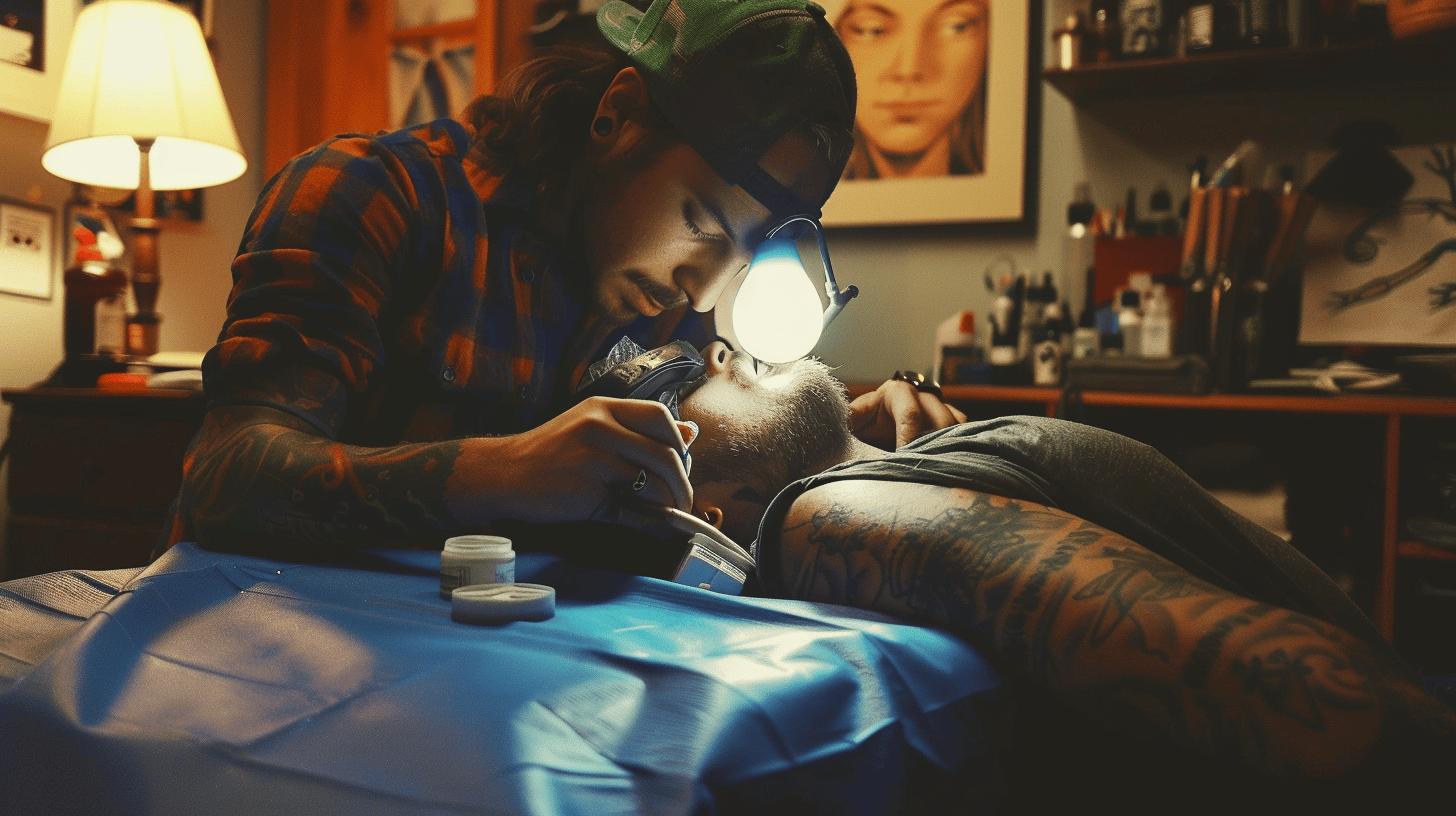
How long does numbing cream last?
Answer: Most long-lasting tattoo numbing creams last between 60 and 120 minutes after application.
The actual tattoo numbing duration depends heavily on the product’s active ingredient, especially the concentration of lidocaine. TKTX numbing cream, one of the strongest options on the market, reported effects lasting 1.5 to 1.75 hours in a real user session. That same user was able to sit through a 2hr45min tattoo session with minimal discomfort, thanks to the deep, lasting numb effect. EMLA numbing cream, available in most UK pharmacies, tends to offer around 60–90 minutes of effective numbing, making it suitable for shorter or less painful tattoos. PRO-NUMB, which markets itself as the strongest cream in the UK for tattoos, is designed to last up to two hours, giving it a solid reputation among those seeking powerful numbing.
What numbing cream lasts longest?
Answer: High-strength lidocaine creams like PRO-NUMB and TKTX 55% typically last the longest—up to 2 hours or more with correct application.
The lasting power of any numb cream depends on several key factors. Skin type plays a big role—thicker or oilier skin might absorb the cream differently. The timing and method of application are just as important: applying a thick layer, wrapping the area in plastic wrap, and allowing enough time before the tattoo appointment helps the active ingredient lidocaine penetrate deep into the skin. The area of the body also matters. Bony or highly sensitive areas might metabolise the cream faster. Finally, stronger creams with higher lidocaine content require more caution, especially for those with sensitive skin, but they do offer the most effective numbing for longer tattoo sessions.
| Product | Avg. Duration | Best For | Common Use |
|---|---|---|---|
| TKTX | 90–105 mins | Long tattoo sessions | Back, ribs, large tattoos |
| EMLA | 60–90 mins | Shorter tattoos | Wrists, ankles, first tattoo |
| PRO-NUMB | Up to 120 mins | High pain areas | Chest, neck, laser tattoo removal |
| Generic OTC cream | 45–60 mins | Light procedures | Eyebrow tattoos, waxing |
Side Effects and Safety of Long Lasting Numbing Creams
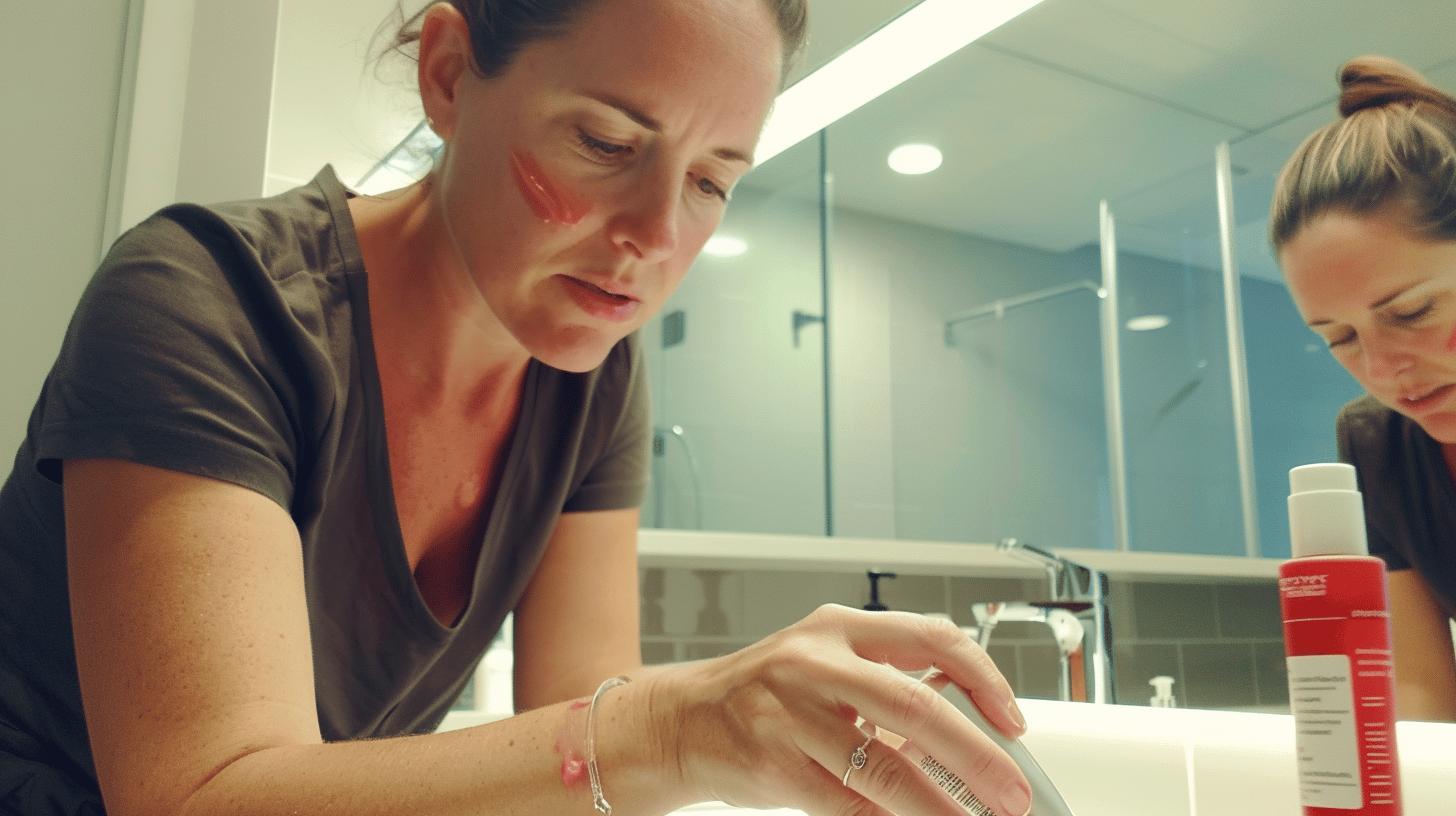
Can numbing cream cause side effects?
Answer: Yes. Numbing cream side effects can include redness, itching, mild swelling, or a rash—especially in people with sensitive skin.
While many numbing creams on the market are designed to be gentle, some users may still react to the active ingredient lidocaine or other numbing agents like tetracaine. These reactions are usually mild and fade quickly once the cream is removed. People with sensitive skin or a history of skin allergies are more likely to experience discomfort. If the cream is applied to broken skin, or left on too long, the risk of irritation and unwanted reactions increases. This is why patch testing is strongly advised before using a new product, especially for long tattoo sessions or skin treatments like laser hair removal.
What happens if too much lidocaine cream is used?
Answer: Overuse of lidocaine cream can lead to systemic side effects such as dizziness, headache, irregular heartbeat, or in rare cases, numbness spreading beyond the application area.
The correct numbing cream dosage depends on the product’s strength and the size of the tattoo area. A thick layer might be needed to numb the skin effectively, but exceeding the recommended amount increases the risk of absorbing too much lidocaine into the bloodstream. If symptoms like tingling in other parts of the body, tightness in the chest, or confusion appear, the cream should be removed immediately and medical advice should be sought. Numbing cream safety starts with reading the instructions carefully, applying the cream to the area only as directed, and never reapplying unless the product specifically allows it.
- Always patch test beforehand
- Never exceed recommended dosage
- Avoid broken or irritated skin
- Don’t reapply unless directed
- Watch for numbness spreading beyond application area
Where to Buy Long Lasting Tattoo Numbing Cream in the UK
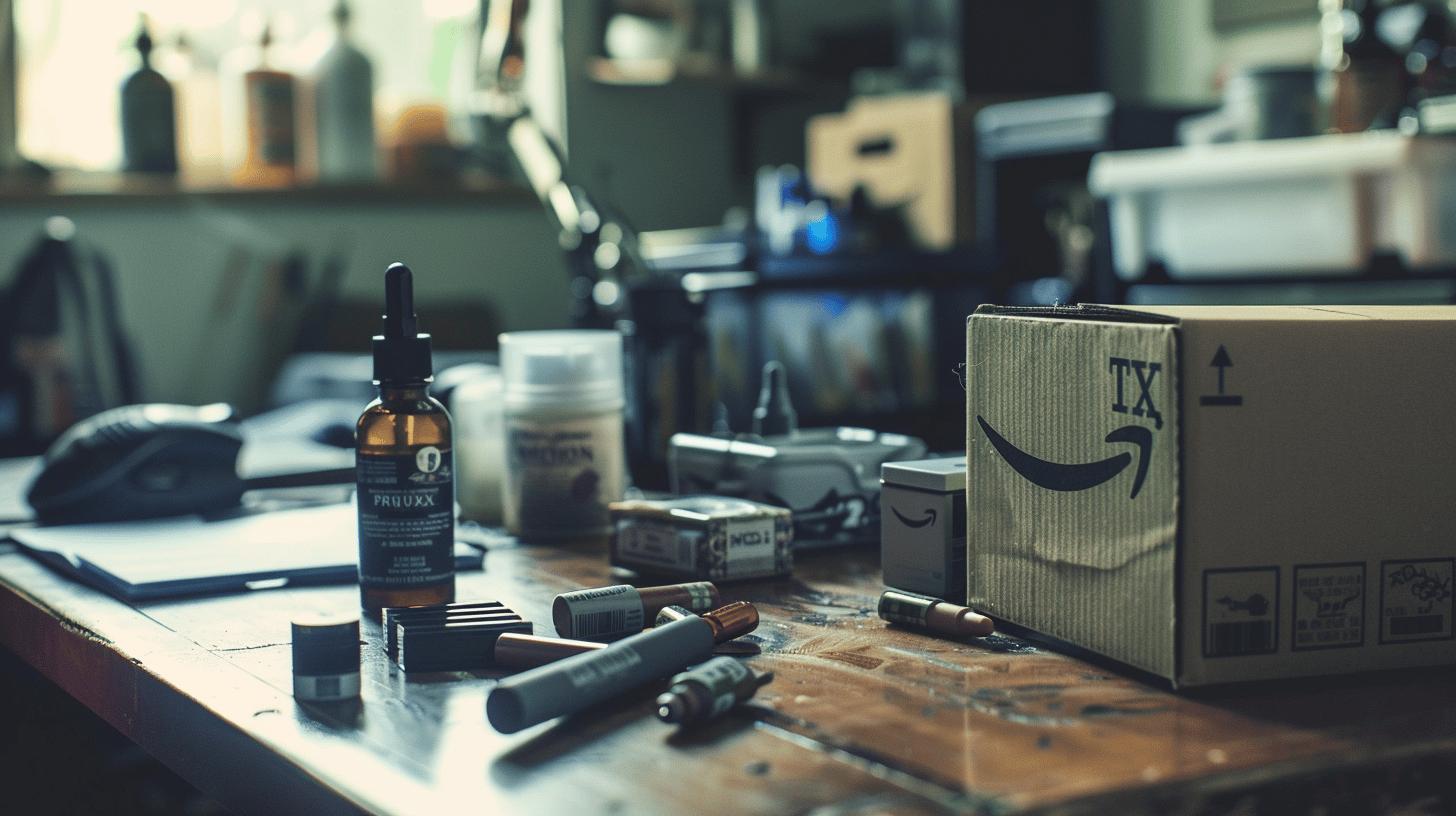
Finding a reliable place to buy tattoo numbing cream UK-wide is just as important as choosing the right formula. Trusted sellers offer the best numbing cream options like TKTX and PRO-NUMB with next-day delivery available in some cases. TKTX numbing cream is a popular choice for those looking to reduce pain during a longer tattoo session. You’ll find it stocked on the official TKTX site, on larger platforms such as tattoo numbing cream Amazon UK, and through specialist tattoo supply shops. EMLA numbing cream is also widely available and can be found at Boots—ideal for anyone looking for a milder option for sensitive skin or smaller tattoos. Prices range from £10 to £30 depending on the brand, strength, and size of the tube.
To avoid getting caught out by counterfeit products, always check packaging and seller reviews. Authentic TKTX cream comes in a sealed box—if it arrives unsealed, it might not be genuine. Be cautious when buying from third-party sellers or auction sites. If you’re unsure where to buy tattoo numbing cream, go with verified outlets that show clear ingredient listings and customer feedback. This ensures you’re getting a safe, effective numbing cream with the correct concentration of lidocaine to numb the skin properly before your tattoo appointment.
Top UK Retailers
- TKTX official site
- Amazon UK (watch for seller reviews)
- Boots Pharmacy (EMLA cream)
- Specialist tattoo supply shops
- eBay (only verified sellers)
TKTX vs EMLA: Which Long Lasting Numbing Cream is Better?
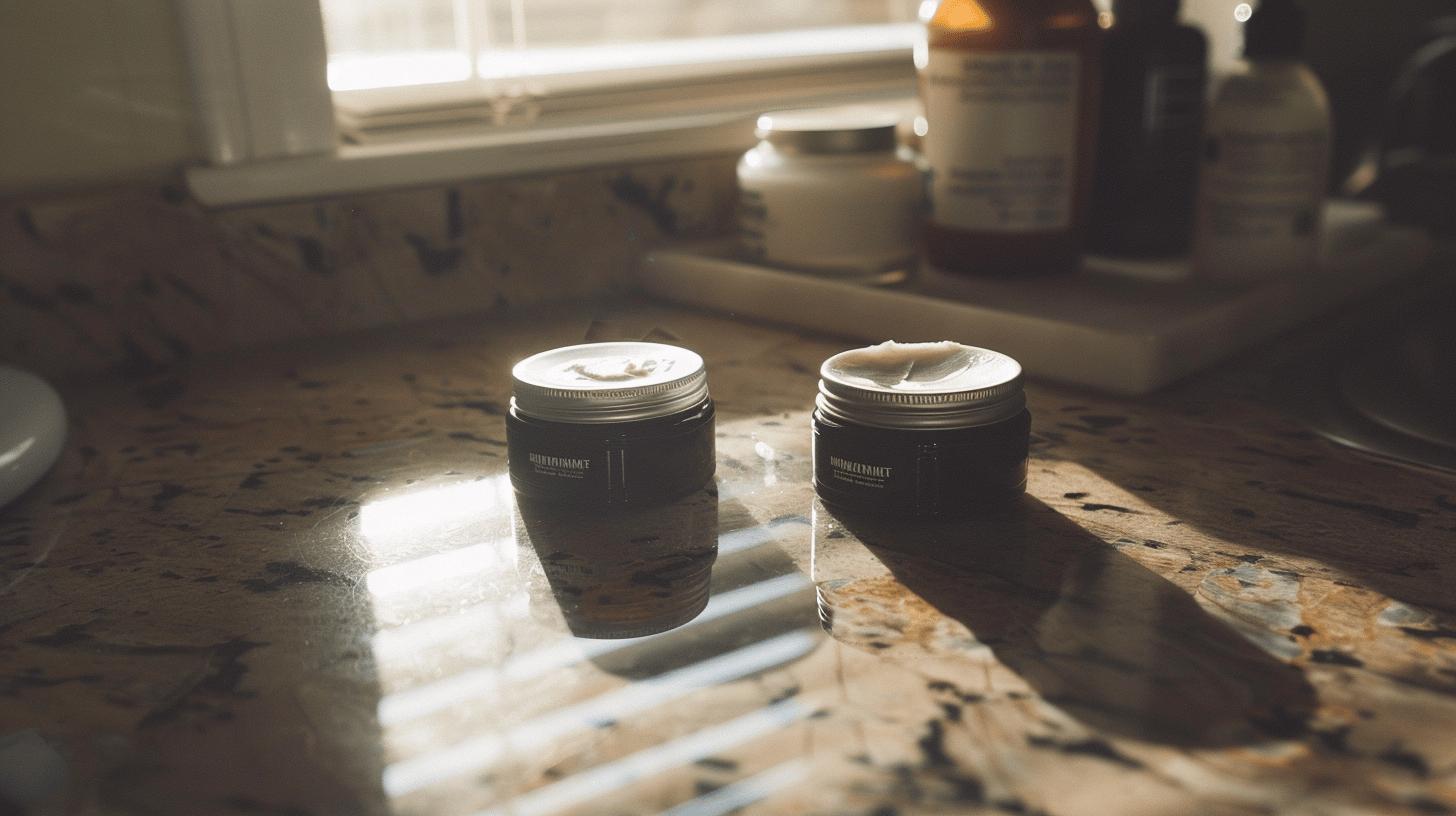
Which is better for long-lasting pain relief during a tattoo session—TKTX or EMLA?
Answer: TKTX numbing cream provides stronger and longer-lasting pain relief than EMLA numbing cream, making it better suited for large or painful tattoos.
TKTX numbing cream is available in high-strength formulations like 40% and 55%, using lidocaine as the active ingredient. It’s specifically designed to numb the skin deeply and is widely used by those getting a tattoo in more painful spots, such as the ribs or back. Many who’ve used TKTX cream for tattoos in the UK report being able to sit through sessions lasting over two hours with minimal discomfort. The numbing effect kicks in quickly and can last up to 120 minutes depending on skin type and how the cream is applied. For long tattoo sessions or laser tattoo removal, TKTX often ranks as one of the best tattoo numbing cream options available.
EMLA numbing cream, by contrast, contains a lower concentration of lidocaine (around 5%) and is known for being gentle on sensitive skin. It’s widely available in the UK, including at Boots, and is often chosen by people getting tattooed for the first time or in less intense areas. While it doesn’t offer the same powerful numbing effect as TKTX, it’s still effective for shorter sessions and is less likely to cause irritation. EMLA cream for tattooing may be the better choice for those with low pain but high skin sensitivity.
| Feature | TKTX | EMLA |
|---|---|---|
| Strength | 40%–55% lidocaine | 5% lidocaine + prilocaine |
| Duration | 90–120 minutes | 60–90 minutes |
| Price | £15–£22 per 10g | £6–£10 per 5g |
| Availability | Online, tattoo supply shops | Boots, pharmacies |
| Best For | Long sessions, intense pain | Sensitive skin, short tattoos |
Tattoo Artists’ Views on Long Lasting Numbing Creams
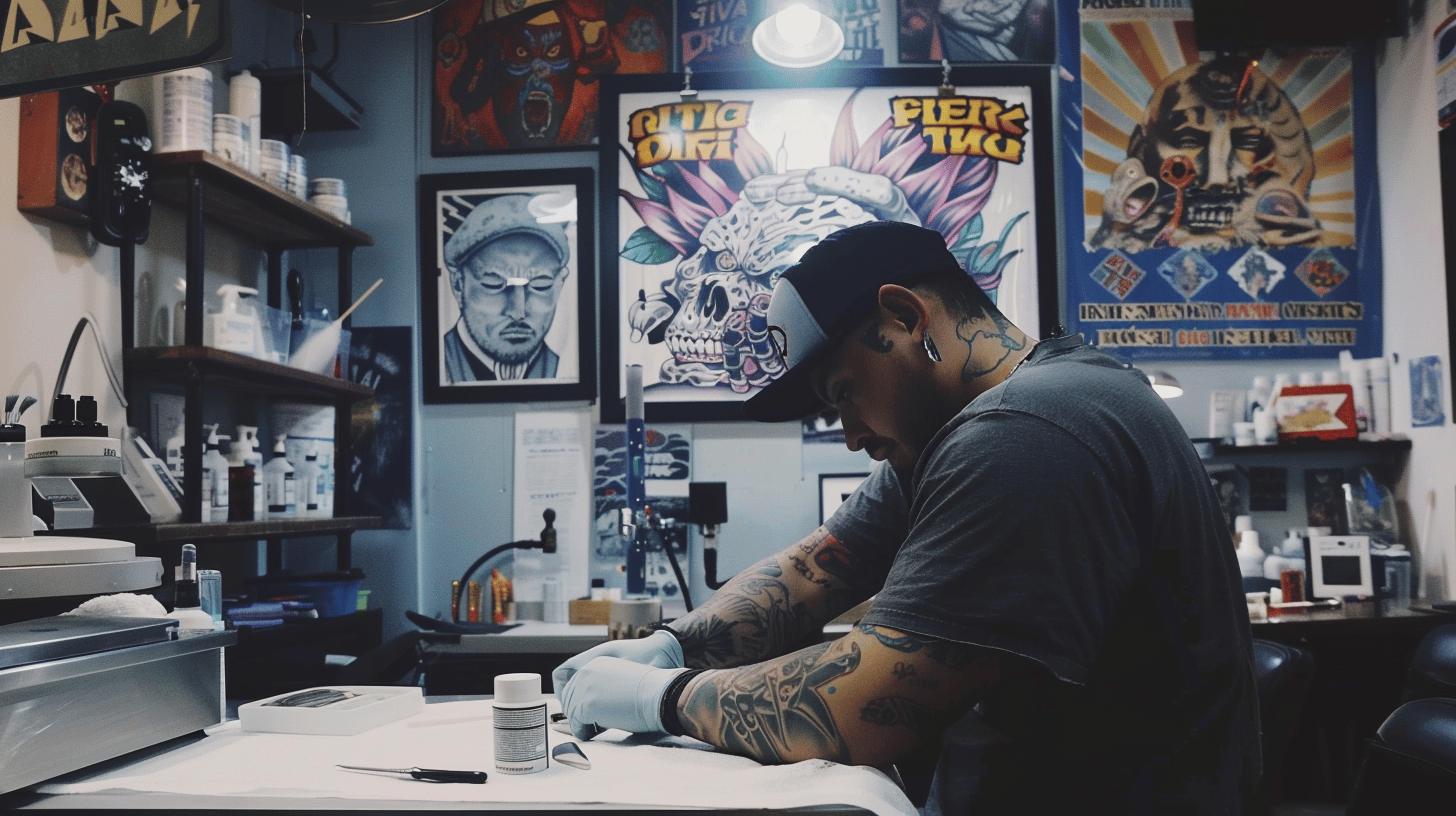
Does numbing cream affect tattoo ink?
Answer: Yes. Some tattoo artists report that numbed skin can feel rubbery or swollen, which may interfere with how well the ink settles into the skin.
One of the main concerns among tattoo artists who use numbing is how numbed skin reacts during the tattooing process. The skin can become slightly firmer or less responsive, which may make it harder to judge needle depth or achieve solid ink saturation—especially during a long tattoo session. This is more likely when using a high-strength lidocaine cream or when the cream is left on too long. The numbing effect can also change how the skin feels under the needle, which some artists say affects their rhythm or precision. That said, many artists are open to using numbing creams if clients are upfront and apply the cream properly before their tattoo appointment.
Tattoo artists and clients often agree that, for some people, pain relief can make the entire tattooing process more manageable—especially during longer tattoo sessions or when tattooing sensitive areas like ribs or back. Artists are generally more accepting of topical products like TKTX numbing cream or EMLA numbing cream when clients handle the application themselves and remove the cream before the session starts. Communication is key. If you’re using a strong cream in the UK for tattoos, ask your artist in advance so they can plan around the numbed skin and adjust their technique if needed.
When to Talk to Your Artist
- You’re using a high-strength cream (40%+)
- The tattoo will last several hours
- It’s in a highly sensitive area
- You’ve had reactions in the past
- You’re prone to fainting or anxiety
How Long Lasting Numbing Creams Support Tattoo Aftercare
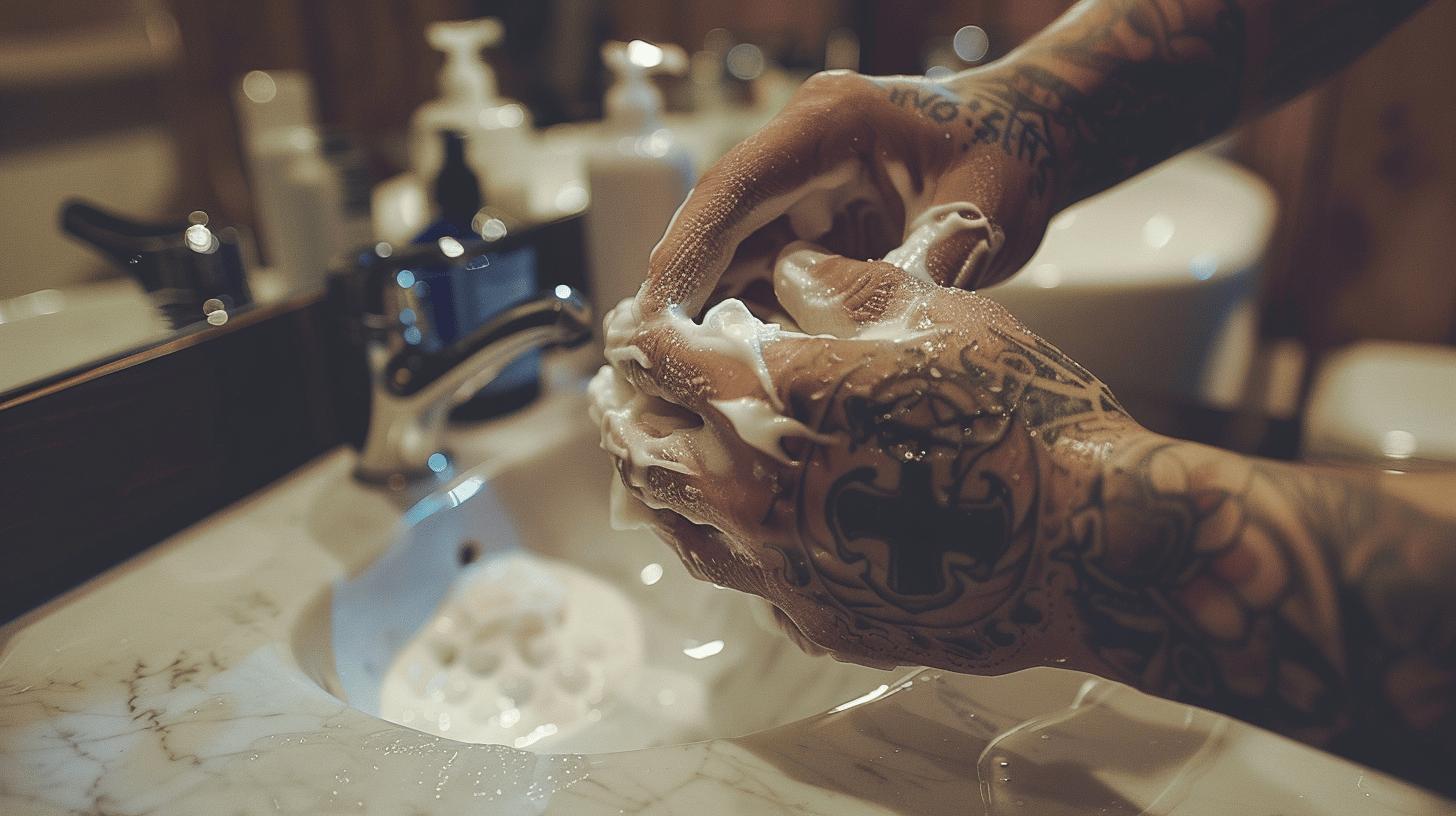
Can numbing impact healing?
Answer: Yes. Using long-lasting numbing cream before a tattoo session can reduce trauma to the skin, which may help speed up healing.
When the skin is numbed effectively using a topical cream—especially one with a high concentration of lidocaine—the tattooing process causes less physical stress. The reduced sensation can help prevent involuntary reactions like flinching, which means the tattoo artist can work more smoothly and with fewer interruptions. Less movement during the tattoo session can lead to cleaner lines and reduced skin trauma. This minimises inflammation and makes the tattoo aftercare phase easier, particularly for clients with low pain tolerance or highly sensitive skin. While the numb effect wears off after the tattoo appointment, the benefits can last well into the healing period if the cream was applied correctly.
What should I use after a tattoo to support healing?
Answer: A water-based, fragrance-free cream like Panthen is recommended to soothe the tattooed area and promote faster healing.
Panthen Tattoo Cream is often used by tattoo artists and clients alike because it’s gentle on the skin and helps calm irritation after the numbing cream is removed. Fragrance-free and packed with skin-healing ingredients like vitamin B5, it supports the skin’s recovery without clogging pores or causing reactions. Avoid products like Vaseline or anything heavily scented, as these can trap bacteria and slow the healing process. Using the right cream after getting a tattoo is just as important as using the best numbing cream beforehand.
3 Aftercare Dos
- Use fragrance-free, thick cream like Panthen
- Keep the area clean and dry
- Avoid scratching or picking
Using numbing creams on the market properly, combined with smart tattoo aftercare, gives you the best chance of a smooth, pain-free experience and a sharp-looking healed tattoo.
Final Words
Choosing a long lasting numbing cream can make a real difference when sitting through a tattoo, especially in high-pain or sensitive skin areas. From TKTX numbing cream to EMLA, we covered how numbing creams work, what lidocaine percentage means, and how different products compare in strength and duration.
Proper application is essential for the numbing effect to kick in fully. And whether you’re preparing for a long session or looking for aftercare options like Panthen, the right products help reduce trauma and support healing.
Using the best numbing cream not only adds pain relief, but also helps you relax—so your tattoo can be done right the first time. For anyone wanting to soothe the process, a long lasting numbing cream is well worth having on hand.
FAQ
Q: What is the best numbing cream for a tattoo in the UK?
The best tattoo numbing cream in the UK often includes TKTX numbing cream and EMLA cream. TKTX offers stronger and longer-lasting pain relief, while EMLA is gentler and ideal for sensitive skin or smaller tattoos.
Q: How do numbing creams work during a tattoo session?
Numbing creams work by blocking the pain signals from reaching the brain. Most contain lidocaine as the active ingredient, which numbs the area and reduces discomfort during the tattooing process.
Q: Is TKTX the strongest numbing cream available for tattoos?
Yes, TKTX is considered one of the strongest numbing creams on the market for tattoos. It contains up to 55% active ingredient lidocaine for powerful numbing and longer tattoo sessions with less pain.
Q: How long does the numbing effect from a tattoo numbing cream last?
The numbing effect can last anywhere from 1 to 3 hours depending on the lidocaine concentration, skin type, thickness of the cream layer applied, and the tattoo area being worked on.
Q: Can numbing cream be used on sensitive skin?
Yes, numbing creams like EMLA are designed to be gentle on the skin, making them suitable for sensitive areas. Always patch test before applying to reduce the risk of a reaction.
Q: How to apply a tattoo numbing cream for best pain relief?
To reduce pain, apply a thick layer of the numbing cream to the area an hour before your tattoo. Cover it tightly with plastic wrap and remove just before the tattoo session starts.
Q: Does using a numbing cream affect the tattoo ink or healing process?
If used correctly, numbing cream does not affect tattoo ink. In fact, by reducing trauma and movement, it can support tattoo aftercare and lead to better healing.
Q: Can numbing cream help with other procedures like laser hair removal or injections?
Yes, topical numbing creams are also used for laser tattoo removal, skin treatments, and injections, offering effective pain relief during other intense pain procedures.
Q: Where can I buy the best numbing cream in the UK for tattoos?
You can buy tattoo numbing cream in the UK from online platforms like Amazon UK, the TKTX official site, and Boots Pharmacy. Look for authentic products with secure packaging.
Q: What are the possible side effects of using numbing creams for tattoos?
Possible side effects include itching, swelling or rash. Overuse of lidocaine cream can cause numbed skin spreading beyond the area. Always use as directed and avoid broken skin.

